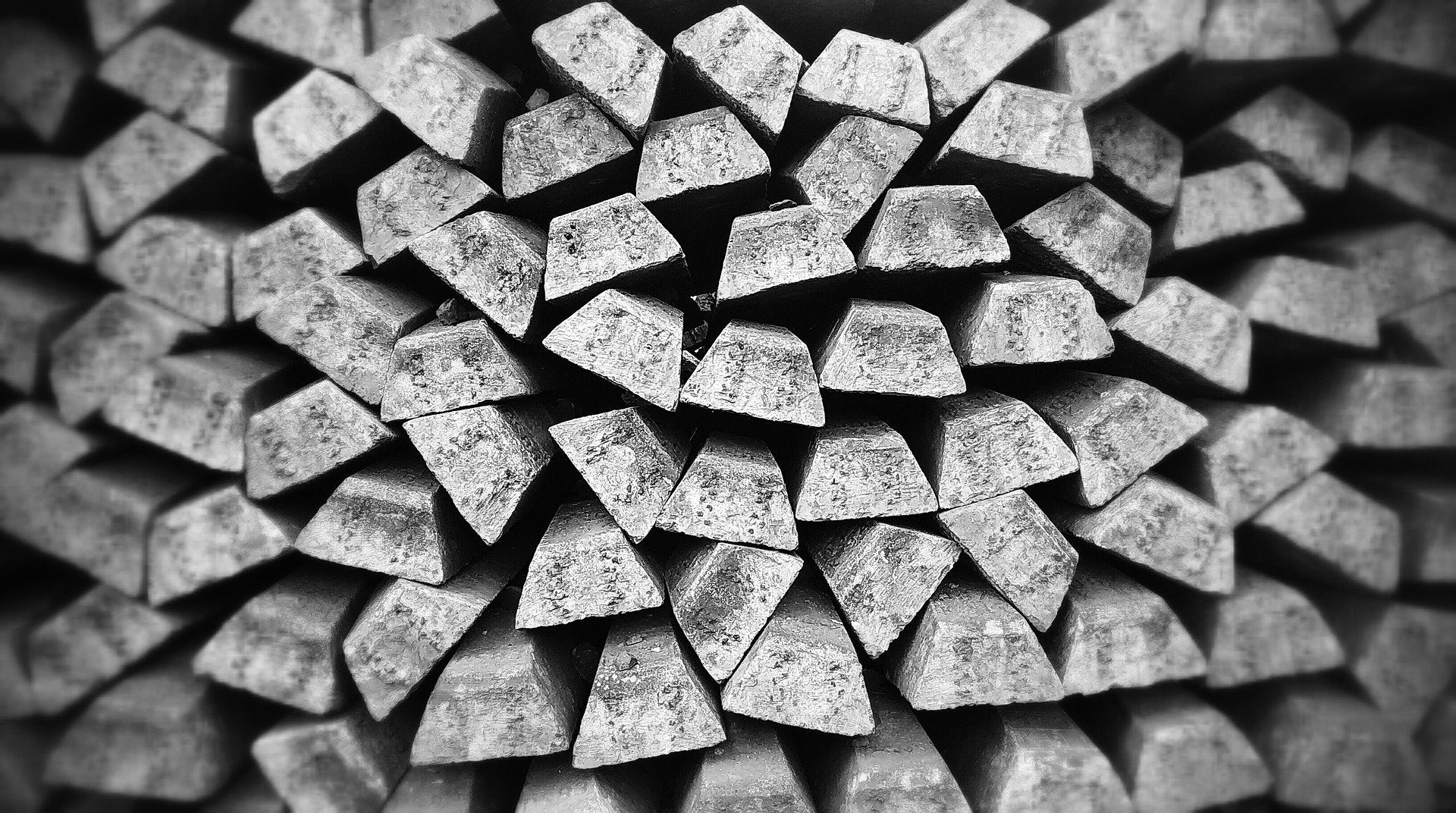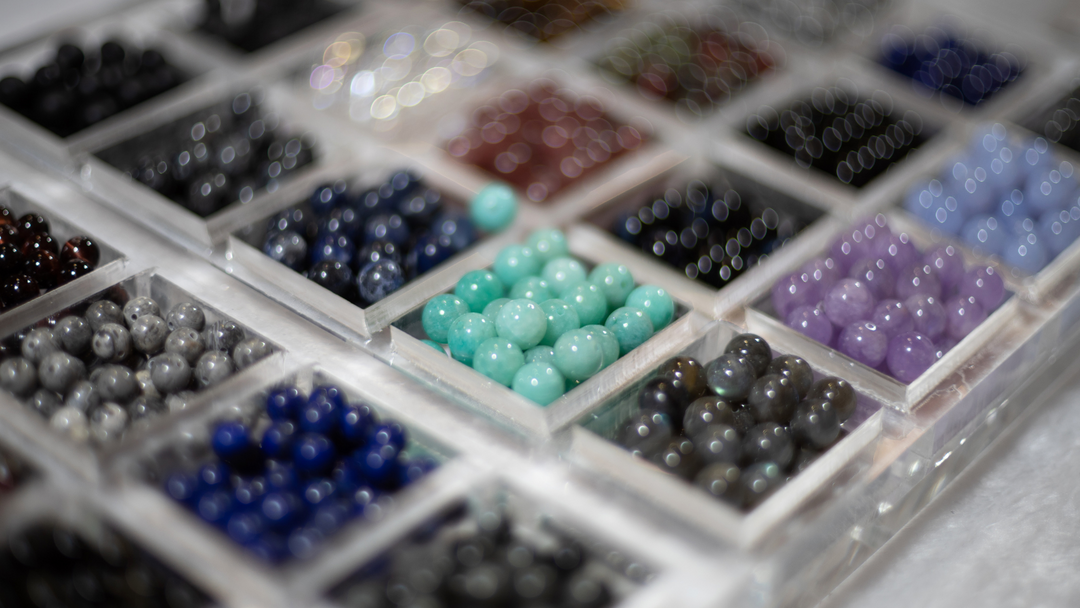What is silver ?
Silver is a shiny white precious metal and belongs to the natural elements.
Precious metals are distinguished from base metals by their resistance to corrosion, i.e. precious metals do not react with substances in their environment, such as water or air, at room temperature. Therefore, unlike iron, precious metals cannot oxidize or rust. Only silver shows a slight reaction with hydrogen sulfide, forming a thin layer of black silver sulfide over time. However, the silver remains undamaged and the sulfide can be removed with proper silver care.
The origin of the word silver comes from the Old Norse languages.
The Goths used the term Silbur and the Germanic people used the term Silabra.
The terms mean light, bright and white. Words that describe very well the precious metal.
Silver was already processed in the 5th millennium BC to various objects and was highly valued next to gold in almost all advanced civilizations such as those of the Assyrians, Egyptians, Greeks, Goths and Romans. At times it even had a higher value than gold.
However, silver also has an antibacterial effect and is therefore used in the form of coatings in medicine, among other things.
The chemical symbol for silver - Ag - has a different origin. It is derived from the Latin term for the precious metal, argentum. Argentum, for its part, goes back to the Greek agyrus, meaning metallic white.
Argentina was named after the precious metal because there are large natural silver deposits in the South American country.







